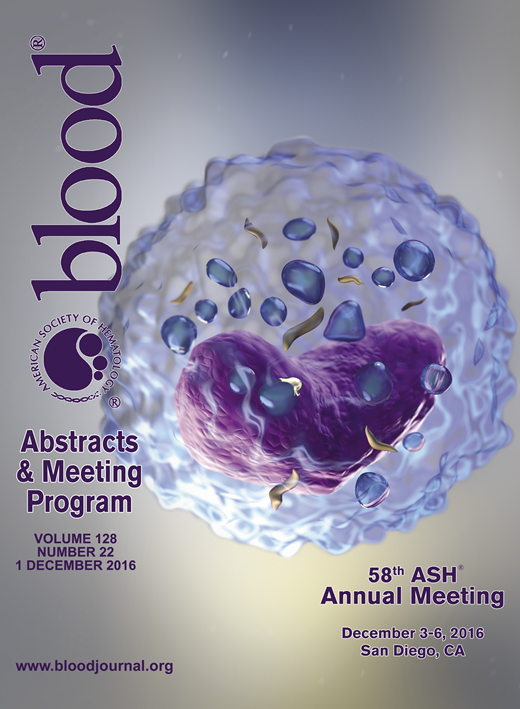Abstract
Introduction:
The combination of reduced-intensity conditioning (RIC) with in vivo T-cell depletion by alemtuzumab prior to hematopoietic stem cell transplantation (HSCT) has demonstrated efficient engraftment and reduced graft-versus-host disease (GVHD). However, this regimen is associated with slow lymphocyte recovery leading to a delayed anti-infectious and anti-malignant immunity. DLI can be used to improve immune reconstitution. Here we investigate on the impact of different DLI: prophylactic CD8-depleted DLI vs preemptive non-depleted DLI.
Methods:
256 patients with different hematologic malignancies were planned for treatment with DLI after allogeneic HSCT following reduced intensity conditioning (Fludarabin, Melphalan, in vivo Alemtuzumab). All patients received PBSC. Donors were HLA-identical siblings or HLA-matched unrelated donors. The calcineurin-inhibitor used for GVHD-prophylaxis (Cyclospron A) was intended to be tapered until day 50. 134 patients should receive CD8deplDLI prophylactically after day +60 (Group A). 122 patients were planned for non-depleted DLI after day +100 in a preemptive setting. Trigger for preemptive DLI were mixed donor chimerism or MRD positivity. Both groups received DLI in escalating doses with an interval of 60 to 90 days. DLI application was stopped when GVHD occurred (Group A and B), or a full donor chimerism was achieved / MRD became negative (Group B).
Both patient-groups did not differ in median age. The majority of patients either suffered from an acute leukemia / MDS (n=42%), lymphoma (n=28%), myeloma (n=17%), or myeloproliferative neoplasms (n=12%) and these diseases were equally distributed among the groups. All patients were treated at the university medical center in Mainz, Germany.
Results:
Of 134 patients (Group A) 41% received CD8deplDLI prophylactically (GVHD was the main cause for withholding DLI). In group B, 32% of 122 patients received preemptive non-depleted DLI.
2 Year-Overall survival (OS) significantly increased in all patients (both groups) after DLI (74% with DLI, 37% without DLI, p<0.0002). There was a trend for better OS in patients receiving preemptive DLI in Group B (72% vs 87%, p=0,235) compared to prophylactic CD8depl DLI (Group A). The relapse rate was reduced after DLI in both groups (24% after DLI, 37% without DLI p=0.05). Relapse occurred in the median 120 days later after DLI application. CD8depl prophylactic DLI did not induce less GVHD than CD3pos preemptive DLI (70,9% after CD8deplDLI vs 67,2% P=0.627) and GVHD was mainly limited (acute GVHD I-II°). Chronic GVHD occurred in 19.4% vs 23.1%. After 3 years OS (50% vs 54%), relapse rate (33% vs 26%) and non-relapse mortality (34% vs 37%) did not differ between group A and B.
Analyzing lymphoma patients, OS did not differ in both groups (60% vs 58%), but group B with preemptive DLI showed a trend with lower relapse rates (31% vs 8%, p=0,298). Presence of any GVHD was protective in lymphoma-patients of both groups (p=0.007).
Patients suffering from acute leukemia (AL) seem to benefit from prophylactic CD8 depleted DLI (group A): OS after 2 year was 56% in Group A vs 33% (p=0.261), progression free survival 54% vs 34%, NRM 27% vs 46% (p=0.532). The relapse rate did not differ between both groups (31% vs 31%).
Discussion:
In summary, the application of DLI (prophylactic CD8depl and preemptive CD3pos) after RIC in combination with in vivo Alemtuzumab is essential to improve OS.
The differences in OS, NRM and disease control for AL and lymphoma patients concerning the different DLI modalities even in this retrospective analysis is remarkable. AL patients seems to benefit from CD8depl DLI in a prophylactic setting (OS, NRM, PFS), in lymphoma patients there seems to be an advantage of CD3pospreemptive DLI (OS, relapse rate). Due to small patient numbers our findings could not reach statistical significance. Our data strongly support a randomized trial, comparing prophylactic vs. preemptive / therapeutic DLI application for different disease groups in the context of T-cell depleted HSCT to assess the different potential to prevent form infections and relapse.
No relevant conflicts of interest to declare.
Author notes
Asterisk with author names denotes non-ASH members.

